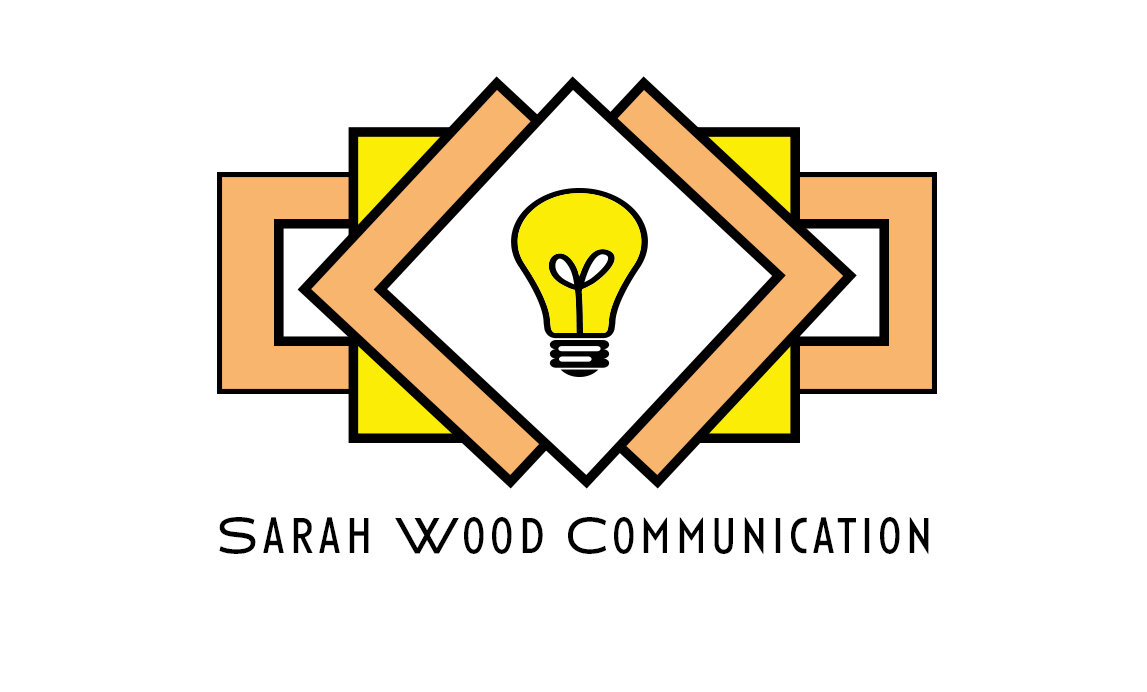I talk a lot about how important it is to share your organization’s story, how important it is to illuminate the good work you are doing, and to let your targeted audiences know who your organization is and what you stand for. So, let’s assume I’ve convinced you, and you’re ready to start strategically communicating about your organization.
“Sarah, I want to share my organization’s story in a strategic and effective way, but I don’t know where to start.”
I’ve got you. Here are my five steps for launching your organization’s corporate communication strategy:
Step 1: Conduct a communication inventory
You don’t know where you’re going until you know where you’ve been. A communication inventory makes sure you are aware of the messaging, materials, and channels your organization is currently using to communicate with various audiences. Take this time to collect any and all past and current communication strategies, workplans, and materials. Mass emails? Add it to the inventory. Newsletters? Add it to the inventory. Web content, social media channels, annual reports, etc. The more comprehensive your communication inventory is, the better.
Step 2: Set (or review) your communication goals
If you don’t have communication goals for your organization, now is the time to create them. If you do already have communication goals, this is a great opportunity to revisit them and see if they still correspond to the overall strategic goals of the organization and its mission and vision.
Step 3: Compare your communication inventory to your communication goals
You’ve set your goals. You know how, when, and where you’ve been communicating with your targeted audiences. Now it’s time to dig into both of these, and really find out where you stand. Add some numbers to your goals. Are your current communication efforts likely to keep you on track to meet those numbers? Are there areas that need more (or less) resources dedicated to them? Does your messaging need to be tweaked? Is your branding and language consistent and up to date? Now is the time to be brutally honest about what is and isn’t working in your communication efforts.
Step 4: Draft your new communication strategy
At this point, you know where you’re trying to get AND you know what elements of your current communication efforts are (or are not) helping you get there. Time to put it down on paper. Your communication strategy should include your goals, objectives, key messages, your analysis of how your current communication efforts have been preforming, and a workplan and/or recommendations for next steps that realistically reflects both your financial and staff resources.
Optionally, your communication strategy can also include a competitor analysis, where you identify 3-5 similar organizations, conduct background research on their communication efforts, and compare it to your own.
Step 5: Treat the communication strategy as a living document
A communication strategy is not designed to be created and filed away somewhere. It should be regularly used and revisited. As you make changes, as you experiment with different messaging or tactics, bring those results back to your communication strategy, and update it accordingly. Communication is ever-changing. The messages that resonate most with audiences and the best methods for reaching them are ever-changing. What worked five years ago (or even a year ago) may not work now, and the same is true for the future. Use your communication strategy as a tool to continuously improve your communication efforts and help you more effectively share your organization’s story.
Need help with any of these steps? Contact Sarah Wood Communication for a free consultation! Want more like this? Sign up for our newsletter to receive monthly updates.
